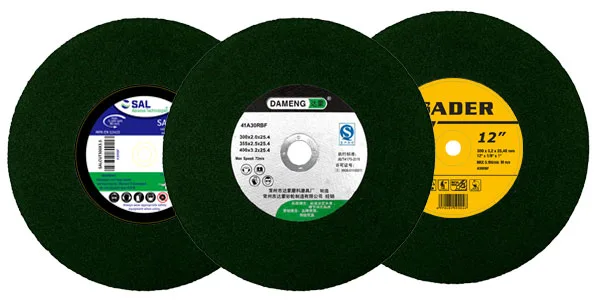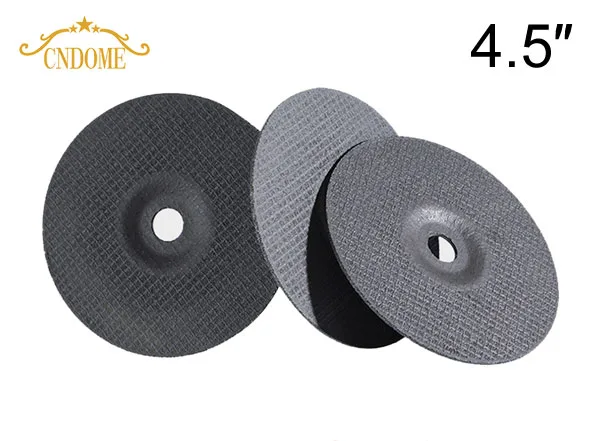In the vast realm of metalworking, the choice of cutting tools can make all the difference. Today, we embark on a journey into the world of steel and metal cutting discs – the unsung heroes behind precision and efficiency in fabrication. Let’s delve into the intricacies, applications, and key considerations that make these discs indispensable in the hands of skilled craftsmen.
Understanding the Basics
What Are Steel and Metal Cutting Discs?
Steel and metal cutting discs are high-performance tools designed to cut through various metals with precision and speed. These discs are crafted from abrasive materials, making them essential for tasks ranging from simple cuts to intricate metalwork.
The Anatomy of a Cutting Disc
1. Abrasive Composition:
Cutting discs are primarily composed of abrasive grains bonded together. Common abrasives include aluminum oxide and silicon carbide.
2. Reinforcement:
To enhance durability, cutting discs often feature a reinforced structure, with layers of fiberglass mesh or other materials adding strength.
3. Bonding Agent:
The bonding agent holds the abrasive grains together. Resin is commonly used, providing a balance of flexibility and strength.
Applications and Types
1. Metal Cutting Discs:
Ideal for cutting through various metals such as steel, iron, aluminum, and alloys.
Available in different thicknesses to cater to diverse cutting requirements.
2. Stainless Steel Cutting Discs:
Specifically designed for precision cutting of stainless steel, minimizing heat build-up and reducing the risk of corrosion.
3. Abrasive Wheels for Tough Materials:
Some cutting discs are engineered for cutting through hardened materials, offering superior durability and longevity.
Choosing the Right Disc for the Job
Factors to Consider:
1. Material Compatibility:
Select a cutting disc that is compatible with the specific metal you are working on to achieve optimal results.
2. Disc Thickness:
Thicker discs provide enhanced durability for heavy-duty tasks, while thinner discs are ideal for precision cuts.
3. Speed Ratings:
Ensure that the disc’s speed rating matches the operating speed of your tool to prevent accidents and maximize efficiency.
4. Safety Features:
Look for discs with reinforced designs and safety features to minimize the risk of breakage and ensure operator safety.
Pro Tips for Optimal Performance
1. Proper Storage:
Store cutting discs in a dry environment to prevent moisture absorption, which can compromise their performance.
2. Correct Installation:
Follow manufacturer guidelines for proper disc installation, ensuring a secure fit on your cutting tool.
3. Regular Inspections:
Periodically inspect discs for signs of wear, damage, or uneven wear patterns, and replace them if needed.
Conclusion
In the realm of metalworking, the choice of cutting discs is not just a technical decision but an art. Armed with the knowledge of materials, applications, and considerations, craftsmen can unleash the true potential of steel and metal cutting discs, transforming raw materials into works of precision and artistry. So, the next time you hear the hum of a cutting tool, remember the unsung hero at its core – the cutting disc shaping the future of metal craftsmanship.



